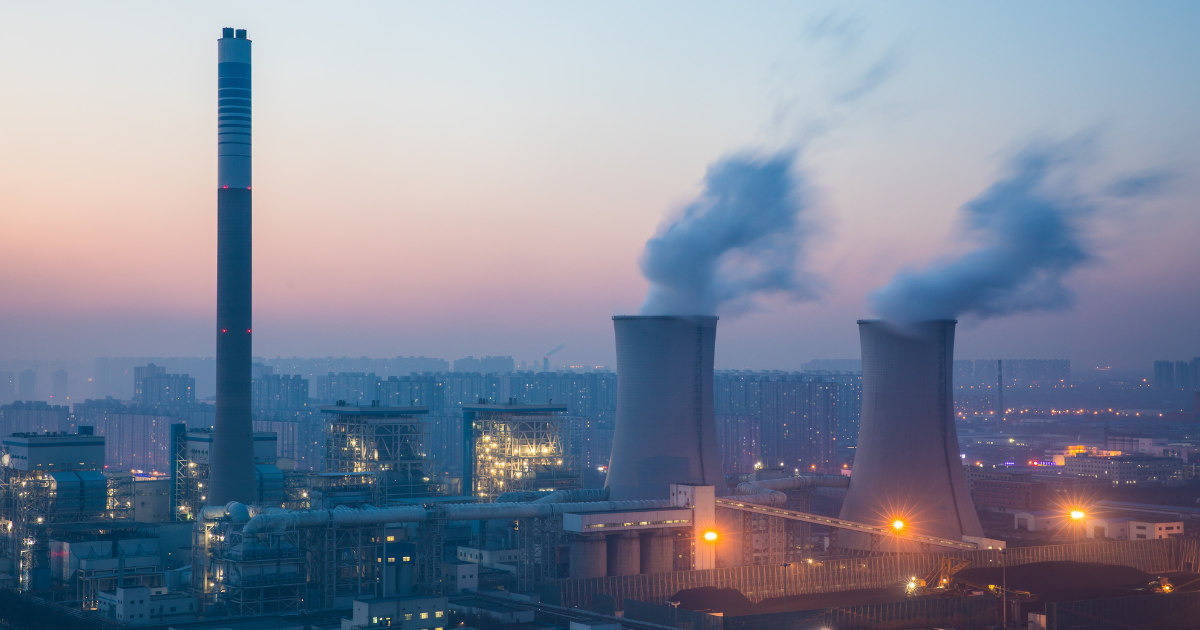Five key results from COP 27
COP 27, dubbed to be the last best chance at limiting global warming, has finally come to a close. For the past two weeks, over 190 countries attended the Egyptian coastal city of Sharm El-Sheikh to take part in the UNs latest climate change conference. As 2030 net zero targets loom closer, the urgency this time round was palpable. Hot topics influencing the climate crisis and ensuing discussions at this year’s summit included the Russia –Ukraine war, global inflation, Covid’s continuation and the mounting climate disasters that are devastating communities across the world.
Here are five key results from the past two weeks at COP 27:
1.5°c Target
At COP 26 we saw a huge emphasis laid upon keeping the global temperature rise to no more than 1.5°c - the most ambitious temperature limit in the Paris Agreement. This year, some countries tried to renege on the goal, and decisions on how to keep the target alive became vague. Whilst discussions of the summit reaffirmed the 1.5°c target, the resolution to prevent emissions peaking by 2025 was taken out of the final text.
Fossil fuels
COP 26 announced a commitment to phase down coal power, but this year the attention was turned to other fossil fuels. Leading the charge was coal-reliant India, who were backed by a further 80 developing and vulnerable countries, some of whom rely on coal exports. It contrasts progress made at last year’s summit, where many countries showed eager support to move away from all fossil fuels and embrace renewable energy alternatives. After disagreements on the way a transition from fossil fuels beyond coal should play out failed to reach a resolution, and the agreement stayed the same.
Gas
Changes were made to the language in the text surrounding fossil fuels which has caused unease for some. Whilst the text still promotes renewable energy as a necessary vehicle to reach climate targets, the wording has now been altered to incorporate ‘low-emissions energy’. This could be interpreted as many things – from offshore wind and solar energy, all the way to nuclear reactors and coal-fired power stations fitted with carbon storage units. Gas was suggested by hosts Egypt to be the ‘perfect solution’ as a transition fuel, and many countries with large reserves of gas even hoped to strike lucrative gas deals with countries at the COP 27 summit. Gas, whilst producing around half of the emissions as coal, is still a major fossil fuel and it is feared that changes to the text will mean a step back for climate change efforts.
Loss and damage fund
Perhaps the most significant outcome of COP 27 comes in the form of a ‘breakthrough’ agreement on a new loss and damage fund being set up for vulnerable countries that are afflicted by climate disasters. Some of the world’s poorer and developing countries disproportionately suffer at the hands of a rapidly changing climate despite having smaller carbon footprints in comparison to the world’s richest countries. Just this September, unprecedented rainfall left half of Pakistan under water and robbed the lives of over 1700 and the homes of 2.1 million.
Governments have also agreed to set up a transitional committee to establish what funding is needed and where the money should come from. Two meetings are to be held before a solid plan will be announced at COP 28, but initially the money is expected to come from ‘existing funding arrangements’ as well as other sources, including taxes on fossil fuels, aviation and shipping.
Offshore Wind Alliance
Nine countries across Europe, Asia and the Americas have joined an international alliance to develop more offshore wind energy. The UK, alongside Ireland, Germany, the Netherlands and the US have signed up to the Global Offshore Wind Alliance which plans to ramp up wind power as a way to tackle the current climate and energy crises. The aim is to have a total installed capacity of at least 380 GW by 2030.
Renewable Energy jobs
Despite the slow progress made at COP 27, the renewable energy industry is driving hard to secure a brighter and safer future for generations to come. The sector’s employment continues to boom, and a renewable energy job is one of the most promising careers in the face of current political and environmental uncertainty. Do you want to be involved? Get in touch with us today to discuss our opportunities or view our renewable energy jobs here.





.png?v=9c66da852d51be41fe90acf5046b80f7)
.png?v=b063bae722cc20e86f7c80b91426db55)
.png?v=36a90c86dfc9fe9c10b03095e461dfe9)